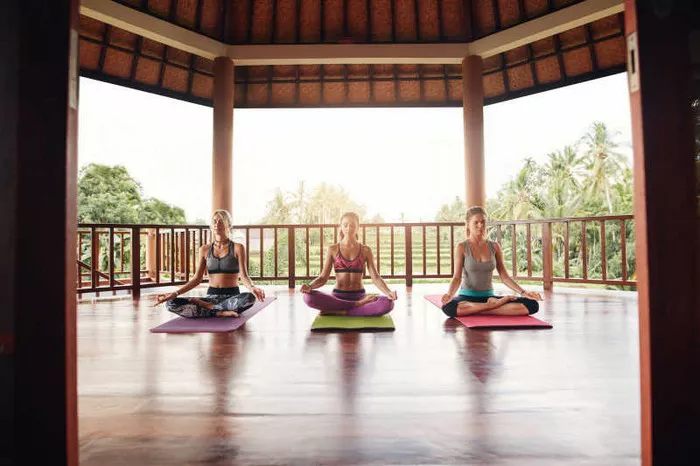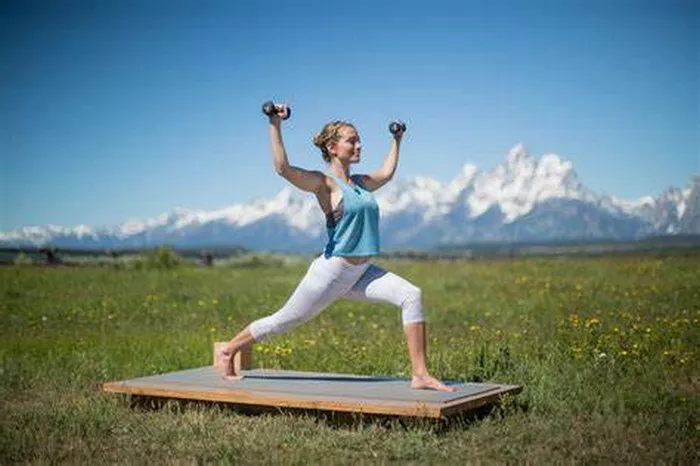Chronic pain affects millions of individuals worldwide, significantly impacting their quality of life and daily functioning. While traditional medical interventions such as medication and physical therapy are often sought, many individuals are turning to alternative modalities like yoga for relief. Restorative yoga, in particular, has gained attention for its gentle yet effective approach to managing chronic pain. In this article, we delve into the principles and practices of restorative yoga specifically tailored for individuals suffering from chronic pain.
Understanding Chronic Pain
Chronic pain is characterized by persistent discomfort that lasts for weeks, months, or even years. Unlike acute pain, which serves as a warning signal of tissue damage or injury, chronic pain often persists long after the initial injury has healed. Conditions such as fibromyalgia, arthritis, back pain, and neuropathy are common causes of chronic pain, impacting both physical and mental well-being.
Challenges in Chronic Pain Management
Managing chronic pain poses numerous challenges for both patients and healthcare providers. Traditional approaches like medication and surgery may provide temporary relief but often come with side effects and risks. Moreover, they may not address the underlying causes of pain, leading to recurrent symptoms.
The Role of Restorative Yoga
Restorative yoga offers a holistic approach to chronic pain management, focusing on relaxation, breath awareness, and gentle movement. Unlike vigorous forms of yoga that emphasize strength and flexibility, restorative yoga prioritizes comfort and ease. It utilizes props such as bolsters, blankets, and blocks to support the body in passive poses, allowing muscles to relax deeply and tension to release gradually.
Principles of Restorative Yoga for Chronic Pain
Restorative yoga incorporates several key principles aimed at alleviating chronic pain:
1. Gentle Movement: Restorative yoga poses involve slow, deliberate movements that encourage flexibility without strain. These gentle movements help improve circulation, reduce muscle tension, and promote joint mobility, all of which can contribute to pain relief.
2. Breath Awareness: Central to restorative yoga is the practice of mindful breathing. By focusing on the breath, individuals can cultivate awareness of bodily sensations and regulate their nervous system response. Deep, diaphragmatic breathing can induce relaxation, calm the mind, and diminish the perception of pain.
3. Supportive Props: The use of props is integral to restorative yoga, especially for individuals with chronic pain. Props provide support and stability, allowing practitioners to comfortably hold poses for an extended period. This support reduces strain on muscles and joints, facilitating relaxation and ease.
4. Extended Holds: Restorative yoga poses are typically held for several minutes, allowing the body to soften and release tension gradually. Prolonged holds encourage a deep state of relaxation, triggering the body’s relaxation response and promoting healing at the physiological level.
Key Poses for Chronic Pain Relief
Several restorative yoga poses are particularly beneficial for individuals dealing with chronic pain:
1. Supported Child’s Pose (Balasana): This gentle forward fold stretches the spine, hips, and shoulders while providing a sense of safety and security. Placing bolsters or blankets beneath the torso and forehead enhances comfort and relaxation.
2. Supported Bridge Pose (Setu Bandhasana): Bridge pose gently opens the chest, hips, and thighs, relieving tension in the lower back and improving spinal alignment. Supporting the pelvis with a bolster or block enhances stability and encourages passive stretching.
3. Legs-Up-the-Wall Pose (Viparita Karani): Inverted poses like Legs-Up-the-Wall promote circulation and lymphatic drainage, reducing swelling and discomfort in the legs and feet. Placing a bolster or blanket under the hips elevates the pelvis and enhances the pose’s restorative benefits.
4. Reclining Bound Angle Pose (Supta Baddha Konasana): This pose opens the hips and groin while gently stretching the inner thighs and groin muscles. Supporting the knees and back with bolsters or blankets allows for deep relaxation and release of tension.
Mind-Body Connection in Chronic Pain Management
Restorative yoga emphasizes the interconnectedness of the mind and body in managing chronic pain. By cultivating awareness of physical sensations and emotional states, individuals can develop greater resilience and coping mechanisms. Practices such as meditation, visualization, and mindfulness further enhance the mind-body connection, empowering individuals to navigate pain with greater ease and acceptance.
Incorporating Mindfulness-Based Techniques
Mindfulness-based techniques complement restorative yoga in chronic pain management:
1. Body Scan Meditation: Body scan meditation involves systematically directing attention to different parts of the body, observing sensations without judgment. This practice promotes relaxation, body awareness, and acceptance of present-moment experience, all of which are beneficial for chronic pain sufferers.
2. Guided Imagery: Guided imagery utilizes visualization techniques to evoke calming and healing imagery. By imagining scenes of comfort, safety, and relaxation, individuals can reduce stress, alleviate anxiety, and modulate pain perception.
3. Progressive Muscle Relaxation: Progressive muscle relaxation involves tensing and releasing muscle groups systematically, promoting awareness of muscle tension and facilitating relaxation. This practice helps individuals recognize and release areas of chronic muscular tension, alleviating pain and promoting overall well-being.
The Importance of Self-Compassion
Living with chronic pain can be emotionally challenging, often leading to feelings of frustration, isolation, and self-blame. Restorative yoga encourages self-compassion and self-care as essential components of healing. By cultivating kindness, patience, and acceptance towards oneself, individuals can navigate pain more skillfully and cultivate a sense of resilience and well-being.
Conclusion
Restorative yoga offers a gentle yet powerful approach to managing chronic pain, integrating principles of relaxation, breath awareness, and gentle movement. By fostering a mind-body connection and promoting self-compassion, individuals can alleviate suffering and enhance their quality of life. As part of a comprehensive pain management strategy, restorative yoga holds promise for those seeking relief from chronic pain and pursuing holistic well-being.





















